What if we could map every single cell of the human lung to better understand respiratory diseases? This is the ambitious goal of a large-scale scientific project in which IHU RespirERA is actively involved: the creation of a reference cell atlas of the human lung, a key milestone towards personalized medicine in pulmonology.
A project with global reach
This initiative is part of the Human Cell Atlas, an international consortium bringing together more than 3,600 researchers to map all the cells in the human body. In France, teams from IHU RespirERA are leading this innovative effort:
- The team of Pascal Barbry, CNRS Research Director at the Institute of Molecular and Cellular Pharmacology (IPMC, Sophia Antipolis), with a central role played by Dr. Laure-Emmanuelle Zaragosi, Inserm researcher at IPMC and coordinator of the project;
- The team of Prof. Charles-Hugo Marquette, Head of the Pulmonology Department at Nice University Hospital, in collaboration with Prof. Sylvie Leroy.
An unprecedented map of the human lung
Thanks to cutting-edge technology (scRNA-seq), researchers analyzed over 2 million cells from 486 individuals, including 107 healthy donors. The result: a highly detailed map of the human lung, revealing 61 distinct cell types, including previously unknown rare cells. This discovery is essential for better understanding diseases such as cystic fibrosis, COPD, and lung cancer.
Promising progress for understanding and treating respiratory diseases
The lung cell atlas does more than map a healthy organ: it allows researchers to compare the cellular composition of healthy lungs with those affected by disease. This in-depth analysis reveals molecular signatures specific to each condition, paving the way for more accurate diagnostics.
IHU RespirERA is particularly invested in the study of chronic obstructive respiratory diseases. An atlas dedicated to COPD, including both smokers and non-smokers, has already been completed and will be integrated into the next version of the lung atlas. Additional work is ongoing on asthma and cystic fibrosis.
Internationally, other teams are investigating idiopathic pulmonary fibrosis, leading to the identification of a cell type specific to the disease, as well as lung cancer, where a new cell type linked to metastasis and tumor progression has been identified.
Towards personalized respiratory medicine
Research findings show that the lung retains a capacity for regeneration well beyond embryonic development, making it possible to repair alveoli in adulthood. With scRNA-seq and spatial mapping, it is now possible to detect early cellular changes linked to disease, identify signs of aging, and even uncover previously unknown biological mechanisms.
Although these technologies are currently limited to research, they may soon be used routinely in lung biopsies, complementing traditional analyses. The goal: to better identify lesions, predict disease progression, and adapt treatments to each patient.
This progress is made possible thanks to the close collaboration between researchers at IPMC and clinicians at Nice University Hospital, within IHU RespirERA, accelerating the translation of laboratory discoveries into concrete solutions for patients.



